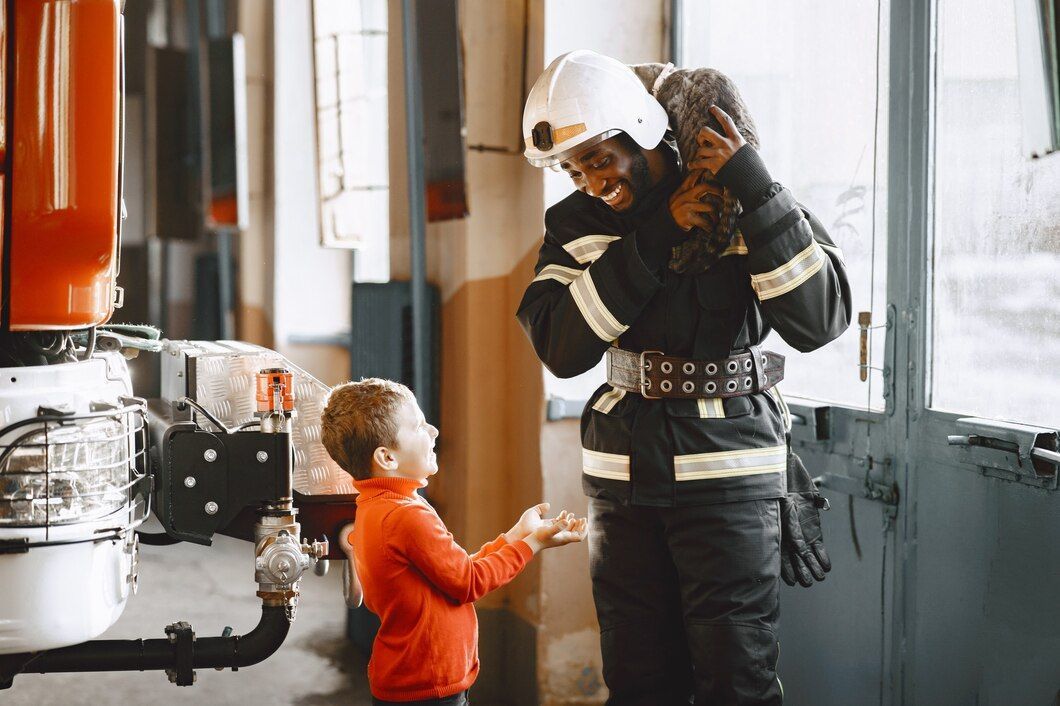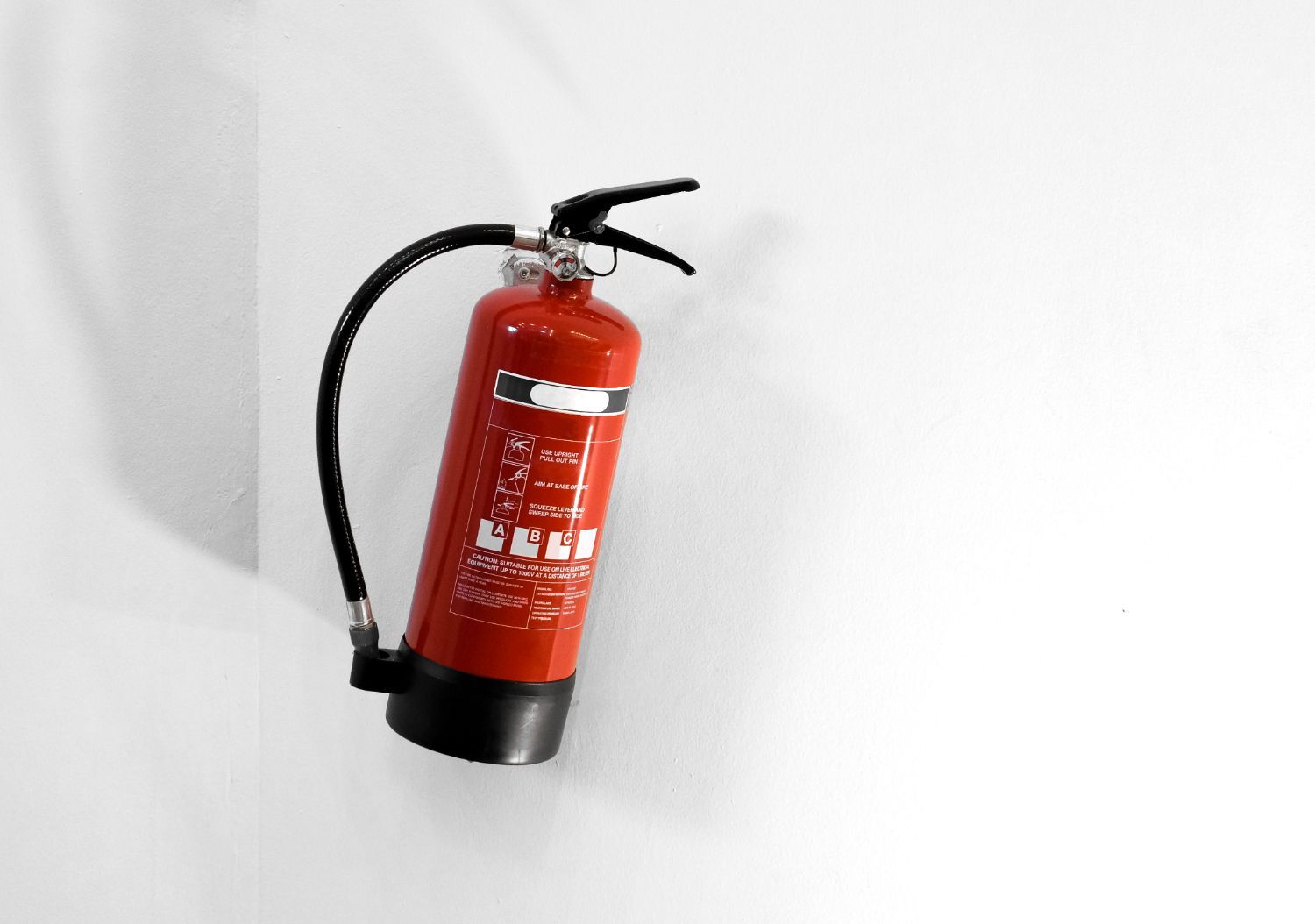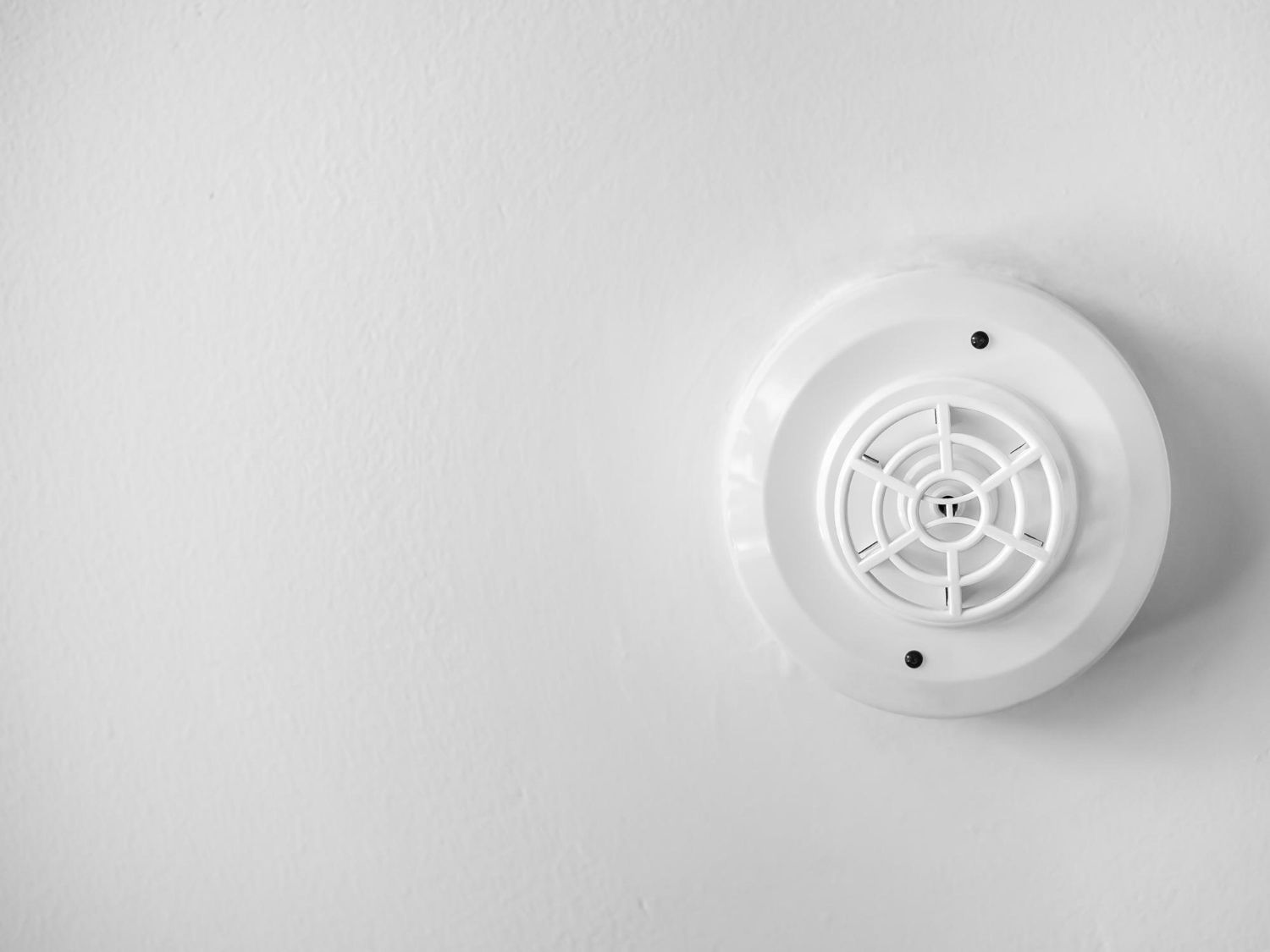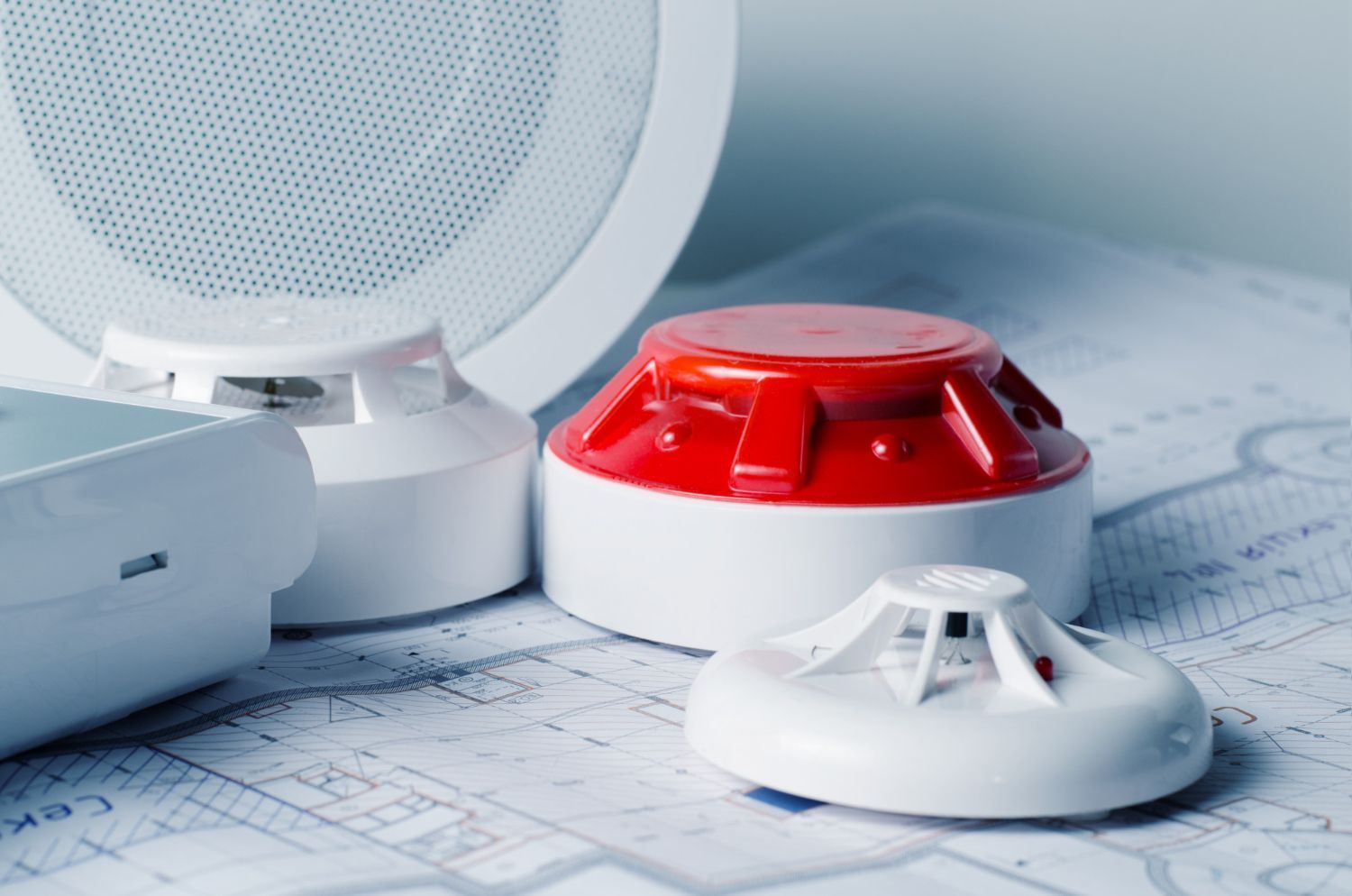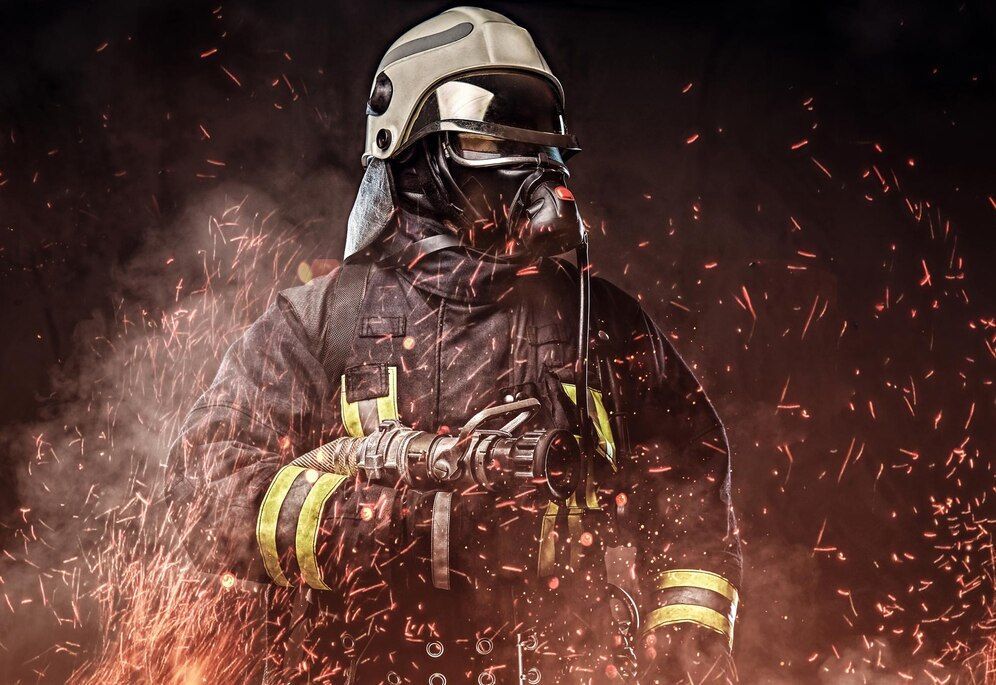Board of Fire Commissioners, Fire District 3,
Township of Old Bridge
Board of Fire Commissioners
Fire District 3
Township of Old Bridge
Essential Fire Safety Gear for Small Businesses
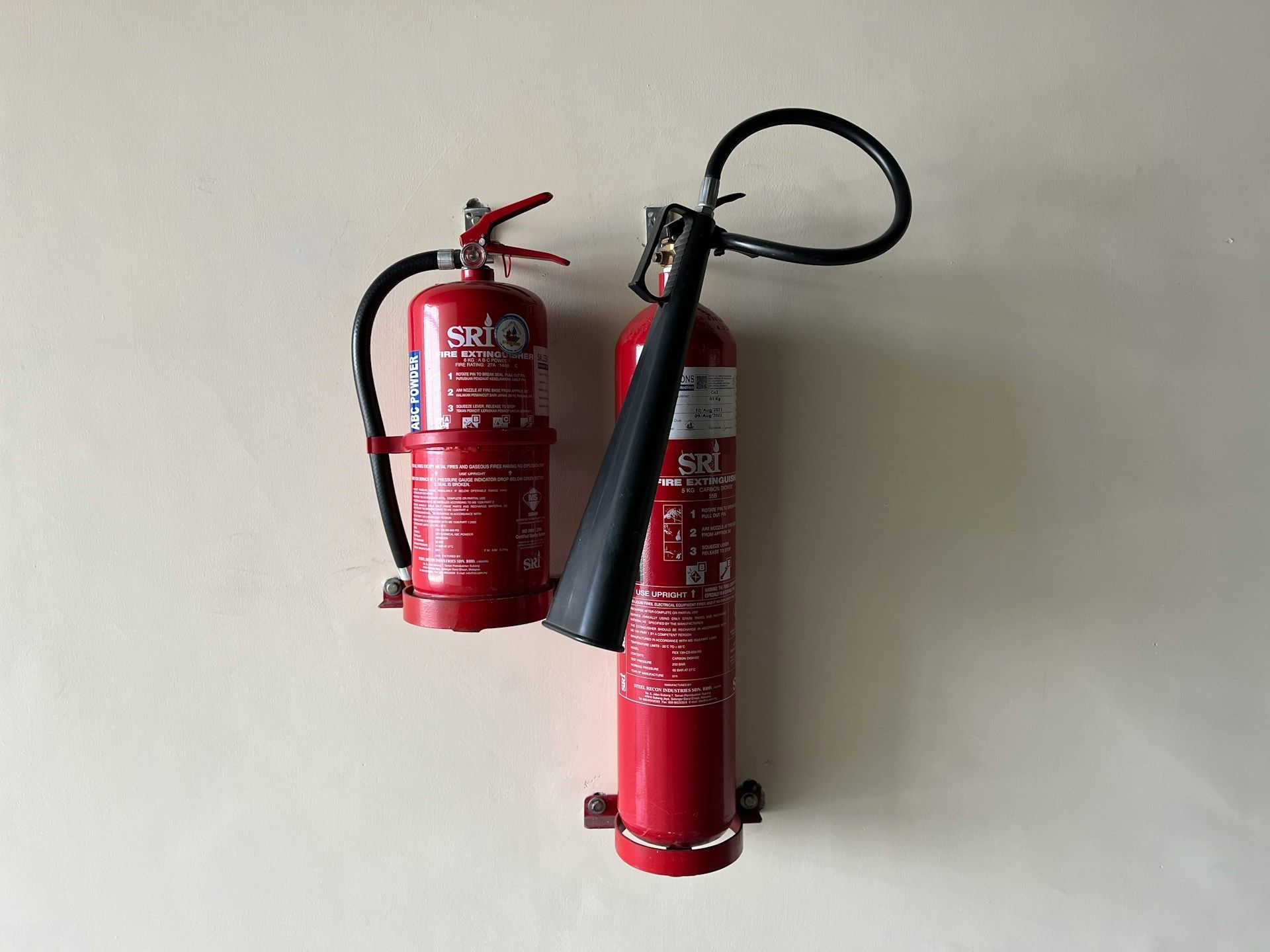
Ensuring the safety of your business and its occupants is not just a regulatory requirement, it's a crucial responsibility that could potentially save lives. As a small business owner, understanding the fire safety gear necessary for your establishment is the first step towards creating a safe working environment. Fire safety involves several key components, each designed to address specific risks and scenarios. From identifying the right type of fire extinguishers to installing adequate smoke alarms and planning escapes, every element plays a vital role in enhancing the overall safety of your business.
Choosing the right fire protection equipment can seem overwhelming, but it's essential for preventing potential disasters. By familiarizing yourself with the different types of fire extinguishers and their specific uses, you ensure that you're prepared for various fire emergencies that could occur in a business setting. Additionally, smoke alarms act as the first line of defense by alerting occupants of any signs of smoke, thus allowing for timely evacuation. Furthermore, having a well-thought-out emergency exit plan and readily available fire escape ladders are critical to ensuring that everyone can safely exit the premises during a fire. This introduction to essential fire safety gear will guide you through the basics of equipping your business for fire emergencies, helping to mitigate risks and enhance the safety of your workplace.
Essential Fire Extinguishers and Their Uses
Understanding the different types of fire extinguishers and their applications is crucial for any small business owner. We emphasize the importance of having the right extinguishers on hand to deal with potential fire emergencies specific to your environment. Generally, there are several classes of fire extinguishers designed for various types of fires:
1. Class A extinguishers are meant for ordinary combustible materials such as wood, paper, and cloth.
2. Class B extinguishers are suitable for flammable liquids like grease, gasoline, and oil.
3. Class C extinguishers are used on fires involving electrical equipment.
4. Class D extinguishers are designed for combustible metals, often specific to laboratory environments or industries using these materials.
5. Class K extinguishers are best for kitchen fires involving cooking oils and fats.
We always recommend having a combination of these extinguishers within easy reach. For example, a common setup might include a Class A extinguisher near storage areas with paper products or wood, a Class C in areas near electrical panels, and a Class K in your kitchen or cooking area.
Smoke Alarms: Your First Line of Defense
Smoke alarms serve as the early warning system in any fire safety plan. We cannot stress enough the importance of installing and maintaining adequate smoke alarms throughout your business premises. Here’s why they are indispensable:
- Early Warning: Smoke alarms detect smoke well before flames become visible, providing critical time for evacuation.
- Life-Saving Alerts: They alert not just those in immediate danger but also neighboring businesses and passers-by, who can call for emergency assistance.
To maximize the effectiveness of smoke alarms, we recommend installing them in key areas:
- Near sleeping areas in businesses that operate around the clock or have overnight shifts.
- In hallways leading to major areas of the business.
- In the kitchen and storage rooms where the risk of fire may be higher.
Additionally, testing smoke alarms regularly, ideally monthly, ensures they are operational when you most need them. Replace batteries at least once a year and consider replacing the smoke alarm unit every ten years or according to the manufacturer's guidelines.
Fire Escape Ladders and Emergency Exit Plans
Ensuring your home is equipped with a reliable fire escape plan and accessible fire escape ladders can be a life-saving decision. We remind you that fire escape ladders are crucial in multi-story buildings, providing a safe exit route when traditional paths may be blocked or unsafe. When designing your fire escape plans, involve every member of the household. Practice drills regularly so that, in the event of an emergency, everyone knows their route and can evacuate quickly and safely.
An effective emergency exit plan includes clear, unobstructed paths to safety, and multiple exit strategies depending on the location of the fire. Ensure that all exits are well-marked and that fire escape ladders are easy to deploy and reach from upper stories. Regular walk-throughs and family drills should incorporate the use of these ladders, as familiarity with the equipment could significantly reduce panic and confusion during an actual fire.
Maintaining Your Fire Safety Gear: Tips and Best Practices
Keeping your fire safety gear in optimal condition is essential for ensuring they function properly when needed most. Regular maintenance checks on devices like smoke alarms, fire extinguishers, and fire escape ladders can be the difference between minor damage and a catastrophic event. Here are several tips for maintaining your fire safety equipment:
1. Test smoke alarms monthly using the test button, and replace batteries annually or as needed.
2. Inspect fire extinguishers for accessibility, proper pressure levels, and visible damages or corrosion.
3. Practice deploying fire escape ladders during drills to ensure they can be used quickly and efficiently.
Beyond equipment, maintaining clear pathways to exits and regularly reviewing and updating your fire escape plan is crucial. We encourage you to keep safety gear free from obstructions and in a known location to all household members.
Conclusion
In our dedication to fostering a safer community, we understand the importance of being well-prepared for fire emergencies. By equipping your home with essential fire safety gear like extinguishers, smoke alarms, and escape ladders, and by maintaining them properly along with a sound evacuation plan, you significantly enhance your family's safety. At Board of Fire Commissioners, Fire District 3, Township of Old Bridge, we strive to provide you with resources and knowledge to protect your homes and loved ones from unforeseen fire hazards effectively.
For further information about fire safety and
fire prevention and how you can get involved in community safety initiatives, join us at Board of Fire Commissioners, Fire District 3, Township of Old Bridge today. Together, we can build a safer, more resilient community, well-equipped to handle emergencies.
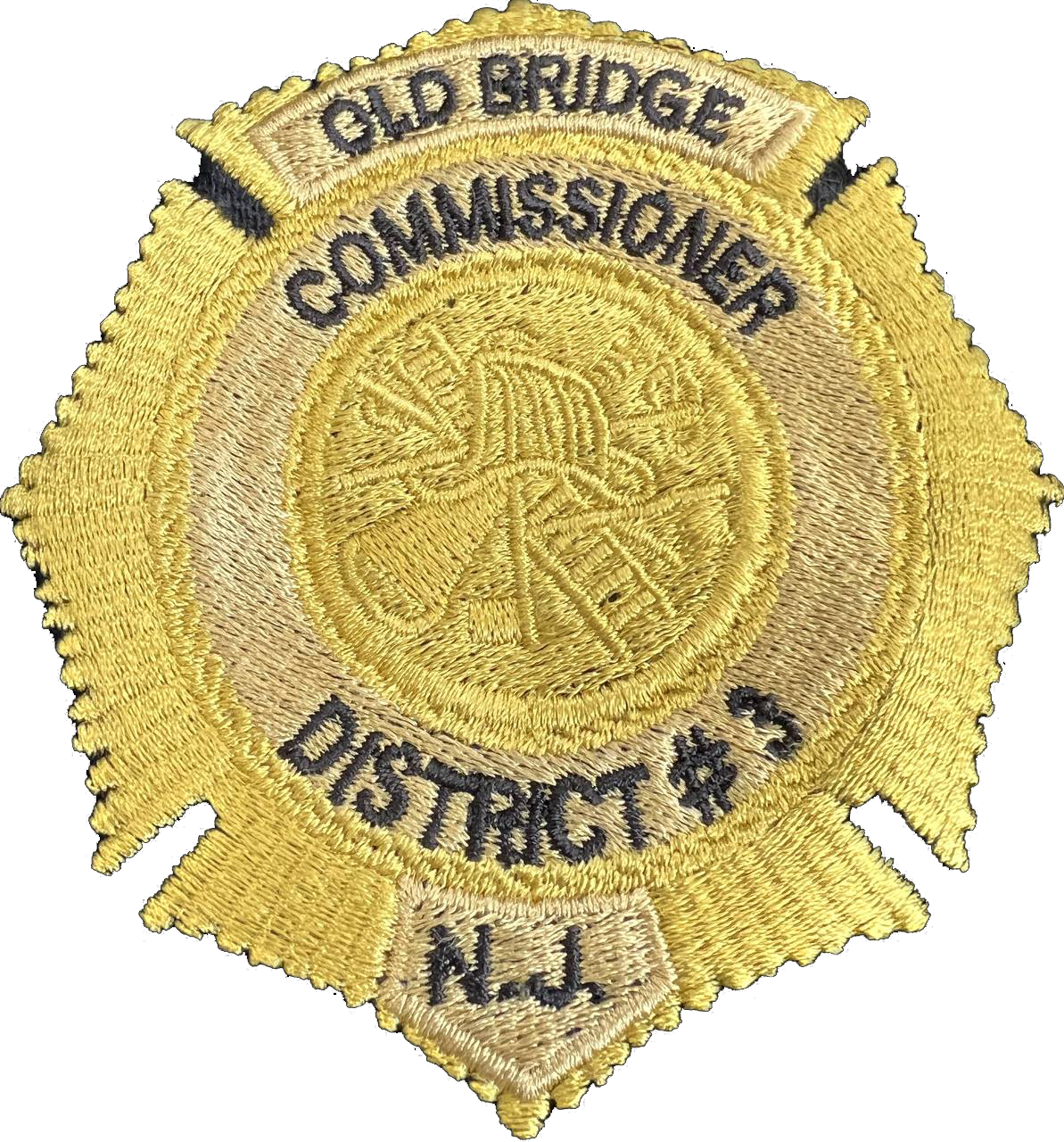
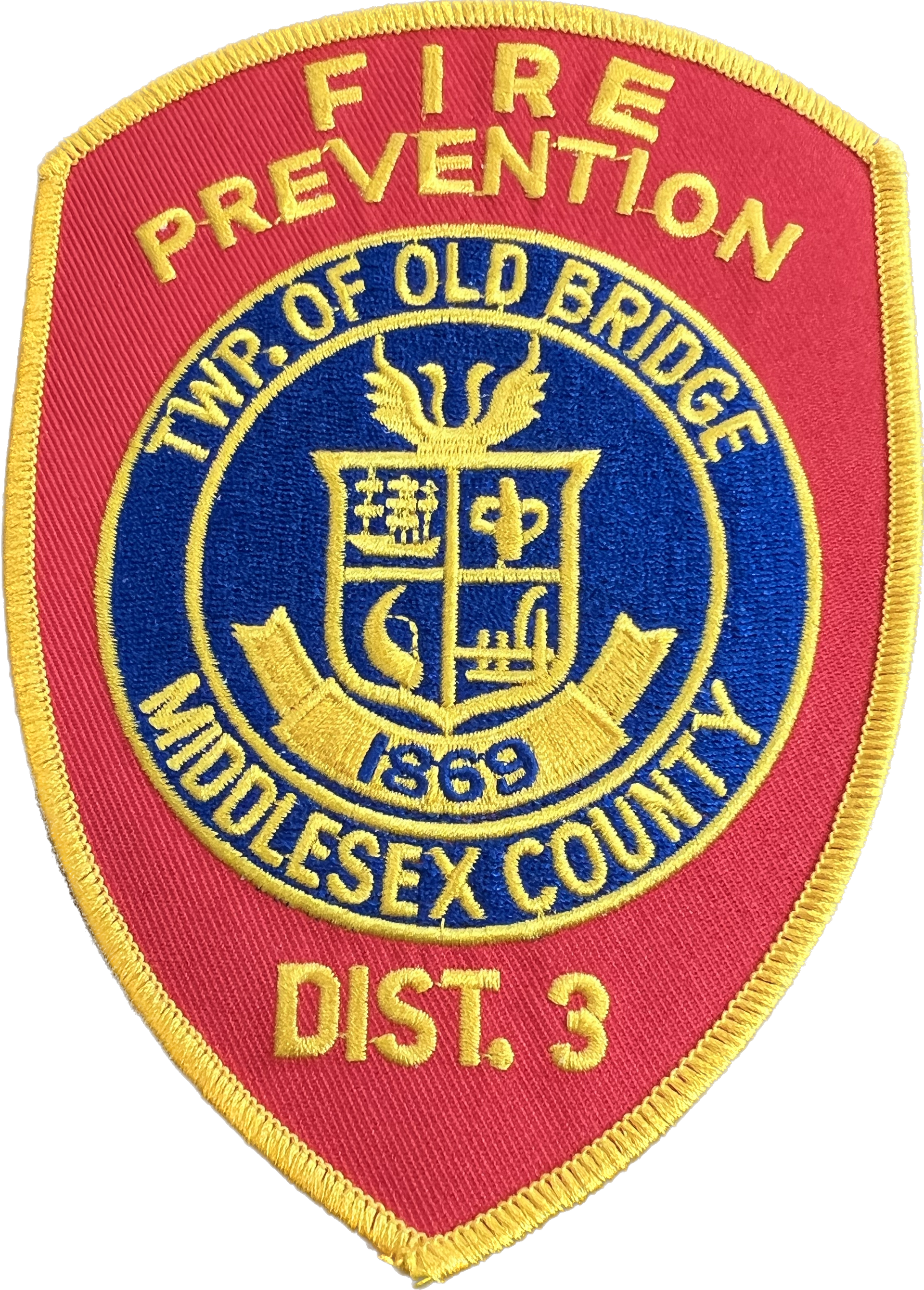
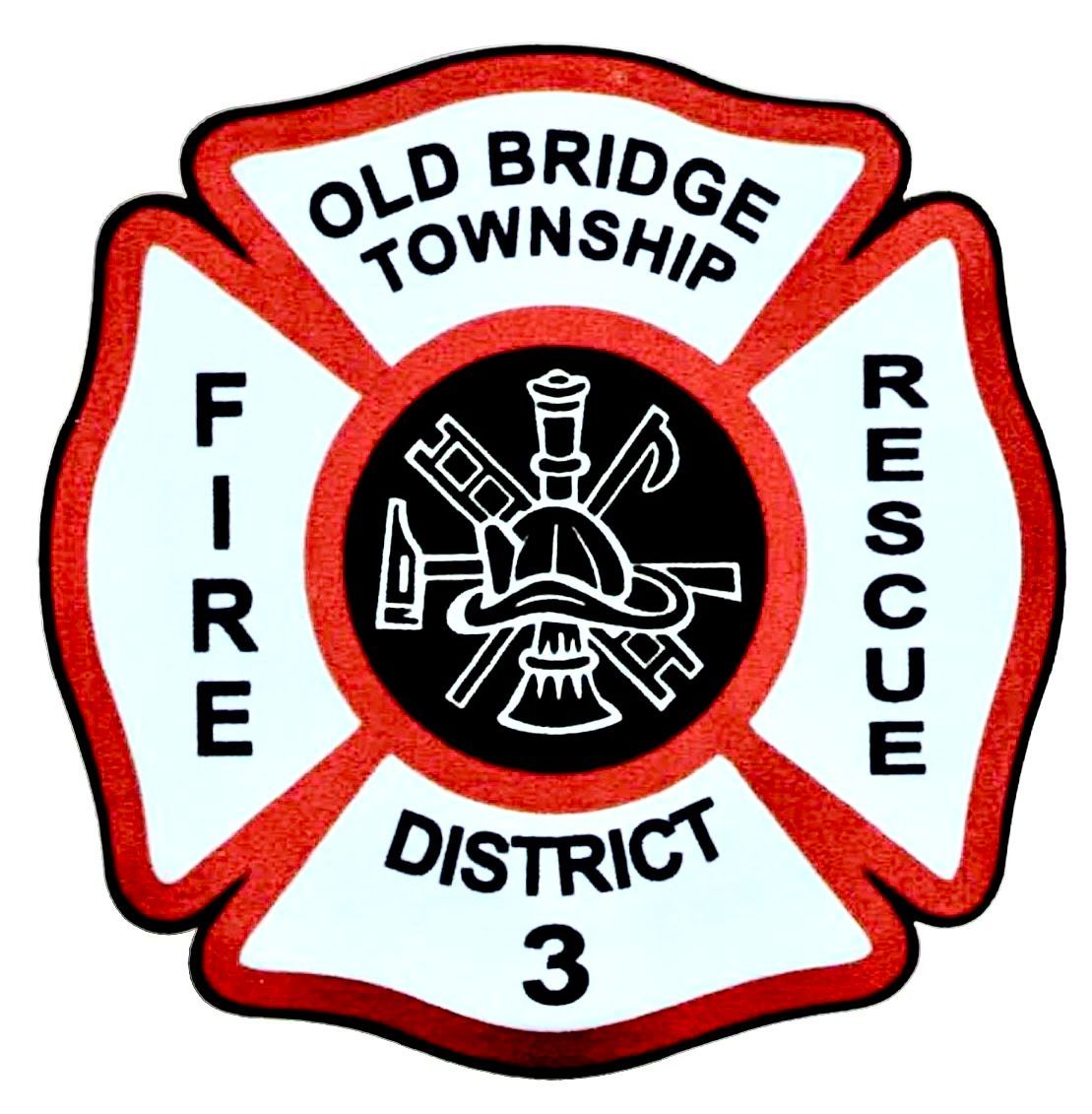



Phone: 732-723-1124 | Email: firedistrict3@obfd3.com
Address: 913 Englishtown Road Old Bridge, New Jersey 08857
We are closed daily from 12 Noon to 1pm for lunch
© 2023 All Rights Reserved | Board of Fire Commissioners, Fire District 3, Township of Old Bridge
All Rights Reserved | Board of Fire Commissioners, Fire District 3, Township of Old Bridge
